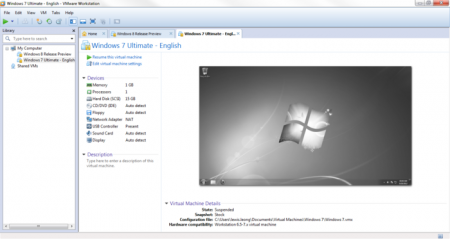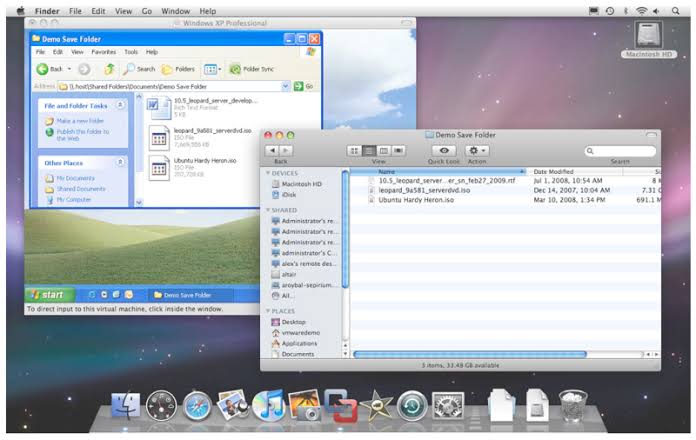

The UTM Gallery, showing virtual machines for several operating systems That was easy, wasn’t it? Now launch UTM, and a screen similar to this appears: Press the Command Key, then drag the UTM application icon from the disk image to the Applications folder. If you download the app directly, a disk image file named UTM.dmg appears in your download folder.

If you purchased UTM from the Mac App Store, installation is done for you.
#Vmware vs virtualbox for free#
I would suggest downloading and using UTM for Mac for free if you end up using it regularly for work or pleasure, purchase it. Your purchase also funds the future development of UTM. Why would you want to pay $9.99 when the app is free? Because you’ll get automatic updates just like any other Mac app downloaded from the Mac App Store. To download the app you go directly to the app download page and either click the Download button or click the Mac App Store button to pay $9.99 for the app. It’s quite simple to download UTM for Mac. Let’s see an example of how UTM works on M1 Macs. However, your devices must be running iOS 11 – 13 iOS 14 requires a jailbreak. If you’ve ever had a burning desire to run Windows on an iPhone or iPad, UTM does the job. UTM also works on “the other Apple Silicon”, with versions of both iOS and iPadOS. It’s free to download or $9.99 on the Mac App Store. That’s why I was happy to see that there is a VM environment that works on M1 Macs – UTM. VMWare has pledged an Apple Silicon version of Fusion, but it won’t support Windows virtual machines! There’s still no word on whether the free VirtualBox VM environment will ever be updated to run on Apple Silicon.

UPDATE (July 9, 2021): Parallels Desktop now runs on Apple Silicon, a solution that was not available in March of 2021 when this article was first published. UTM (which I believe stands for Universal Turing Machine) is an open source virtual machine environment. While you might be spending most of your time in macOS 11 Big Sur, your job might require you to use Windows-only apps, Perhaps you need a Linux VM for development work. Recovery of possible data also occurs quickly.Your shiny and speedy new Apple Silicon Mac is missing something – the ability to run virtual machines. The application is as automated as possible, the current status of VMFS data storages, disks, volumes can be checked within a few minutes. This utility restores any VM files and snapshots quickly and efficiently.

#Vmware vs virtualbox install#
You should not look for complicated solutions to this problem: you can just download and install DiskInternals VMFS Recovery.
#Vmware vs virtualbox how to#
How to recover snapshots and other VM files Keep in mind that snapshots significantly affect the performance of both Virtualbox and VMware. When the snapshot is no longer needed and it is deleted, the differential virtual disk is freed and merged with the parent virtual disk. The next snapshot is, in a sense, another differential virtual disk. Here’s how snapshots work: When a snapshot is taken, a differential virtual disk is created in which all changes are subsequently recorded. Virtualbox and VMware products both have this feature in this respect, they are the same. If you have any problems, you can return the state of the virtual machine to the snapshot. Quite often, they are used before testing various applications and programs. Snapshots are an excellent VM function that allows you to save the state of your virtual machine at a specific point in time.


 0 kommentar(er)
0 kommentar(er)
